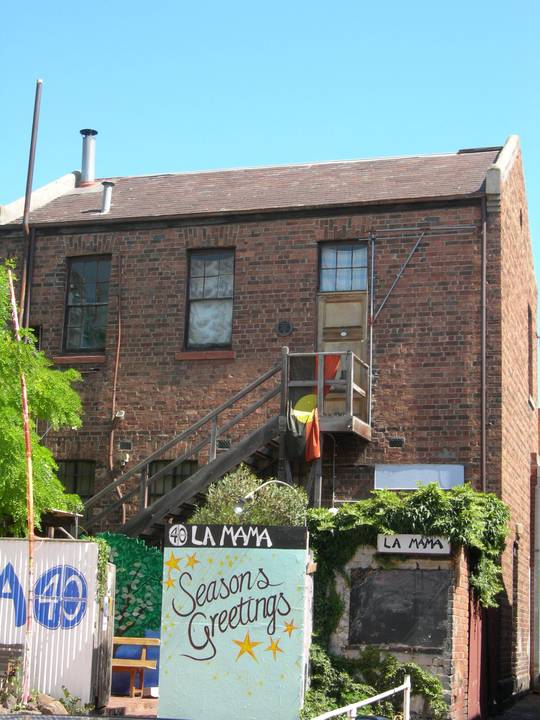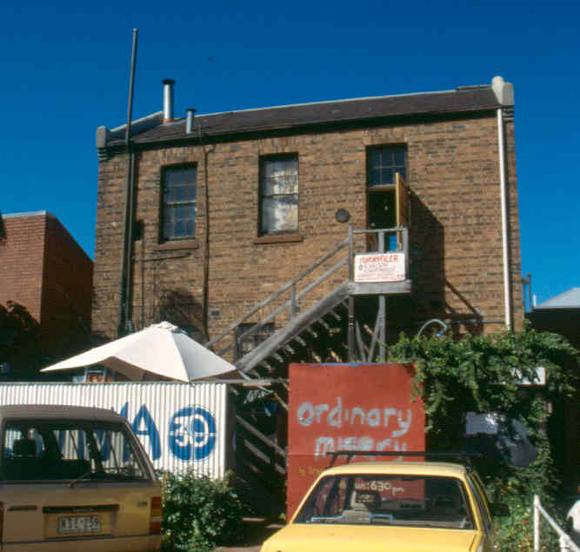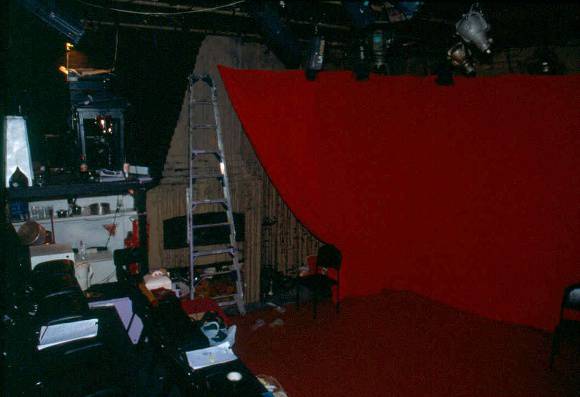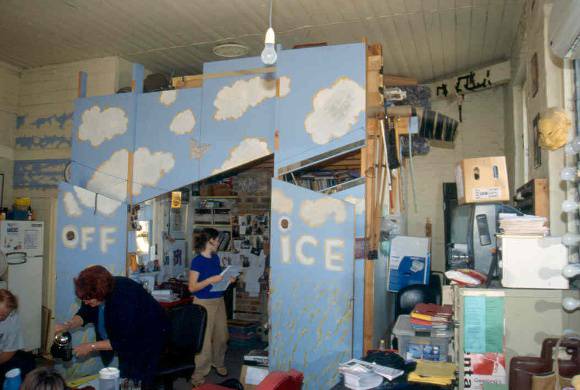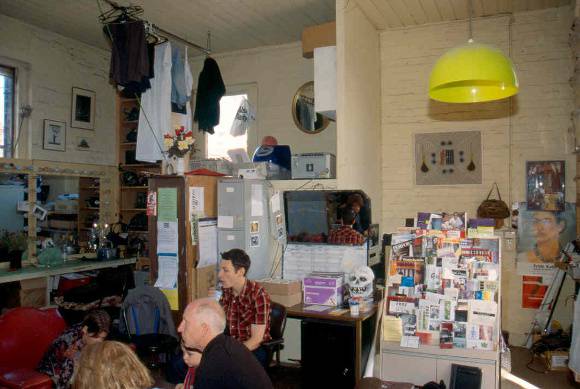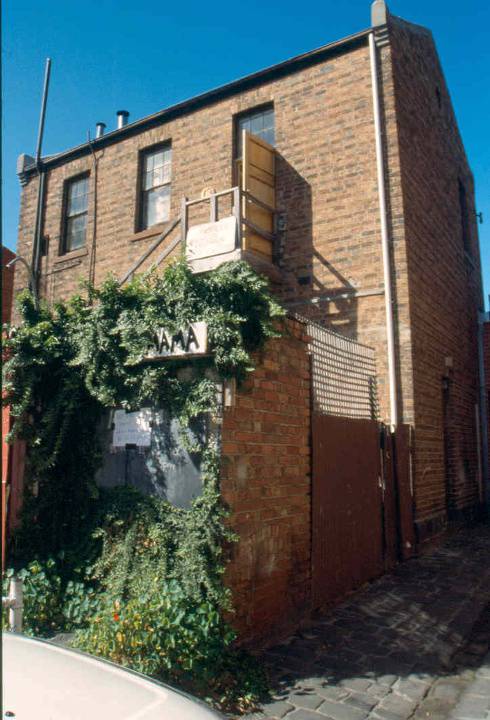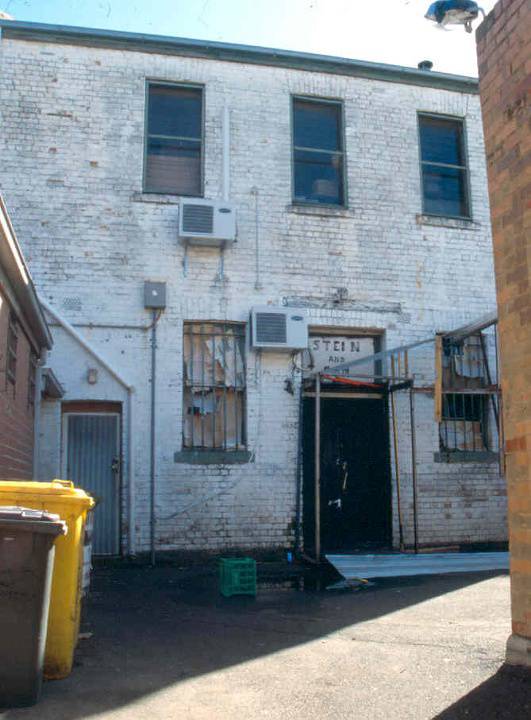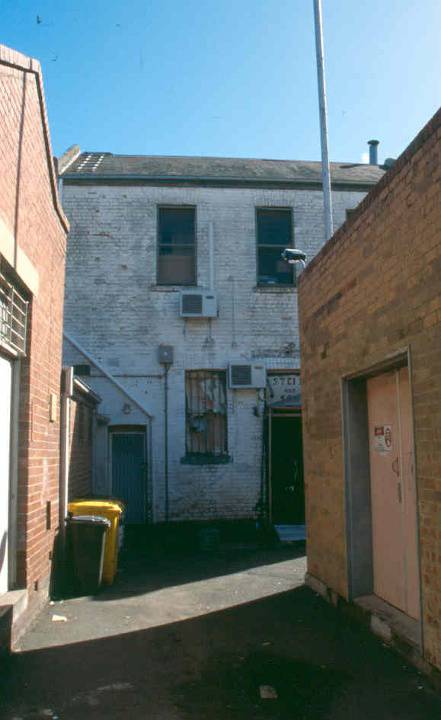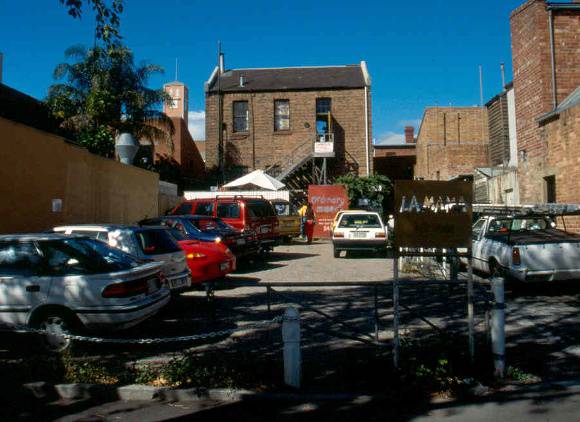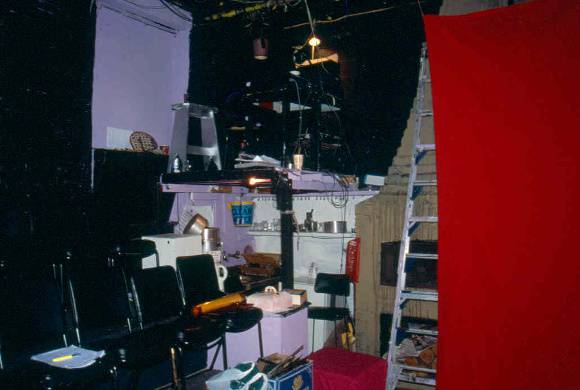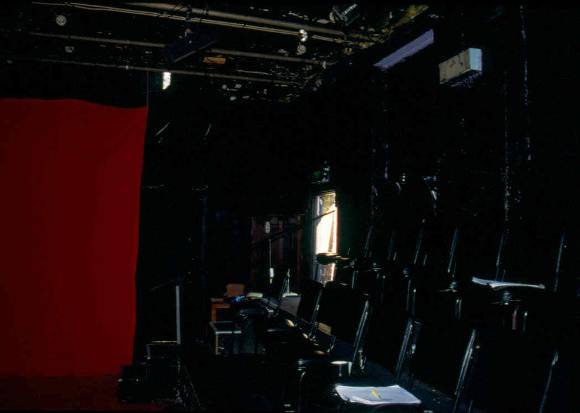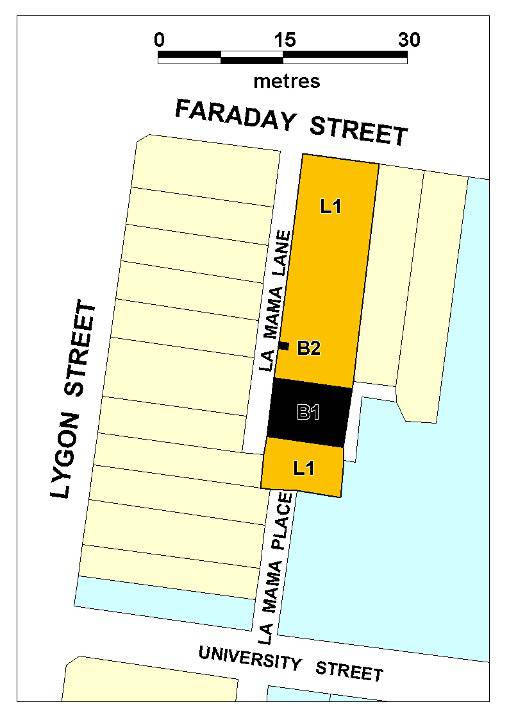| Back to search results » | Back to search page » |
|
LA MAMA THEATRE BUILDING
Statement of Significance
What is significant? La Mama's diminutive performance area is merely a space about five metres square. It is usually painted black, but can be altered to suit each performance. One corner contains a coffee bar where coffee is served before and after performances; adjacent is an open fireplace. The maximum audience La Mama can hold is fifty. Upstairs is the office/dressing room. Twenty five new Australian plays were premiered at La Mama during its first two years. La Mama was initially funded by Betty Burstall but since 1971 the non-profit organization has received government sponsorship. Between fifty and sixty plays are commonly performed each year, attended by more than 20,000 people. From its beginning La Mama also fostered new works from composers, poets and filmmakers. How is it significant? Why is it significant? The La Mama Theatre is historically important for its significant role in the development of Australian drama, being committed to diversity of artistic approach, innovation and the exploration of minority as well as general concerns. When initiated it provided a venue for the production of Australian plays at a time when traditional European theatre predominated and when performance of local productions was financially dangerous. It has nurtured a host of internationally award winning Australian playwrights, directors and actors such as Jack Hibberd, David Williamson and John Romeril and given initial exposure to a large number of poets, musicians, performance artists and experimental film makers. It became influential in the commercial film industry by fostering and bringing together many talented low-budget film makers, writers and actors, who later entered the industry through working for professional film maker Tim Burstall, the husband of La Mama's founder Betty Burstall. The La Mama Theatre building is architecturally important as a representative example of the simple restrained brick structures commonplace in the inner suburbs in the second half of the nineteenth century. Its modest nature is intrinsic to the physical manifestation of the La Mama Theatre as an icon of contemporary Australian theatre. It is the only known theatre of its type in Victoria.
The simple two storey brick building now serving as La Mama Theatre was built as a printing works for AR Ford in 1883. Designed by Carlton architect George S Clarke, it faced a right-of-way off University Street, which is south of and parallel to Faraday Street. The land in front of the Theatre is currently used as a car park and affords a view of the Theatre from Faraday Street. After serving various industrial purposes it was leased in 1967 by Betty Burstall, teacher and theatre-lover, for use as a small theatre to nurture new Australian drama. Carlton's La Mama was inspired by and took the name of a small basement experimental theatre in New York established by alternative theatre legend, Ellen Stewart, in 1961. It aimed to provide a venue where artists could present new works without the worry of production costs.
La Mama Theatre is of historical, social and architectural significance to the state of Victoria.
The La Mama Theatre is socially important in having challenged political and cultural life in Australia by laying bare the issues, myths and mores of society with Australian settings, narratives and most importantly, vernacular. It embarked on a crusade against Australian censorship laws and produced a number of shows specifically attempting to taunt local officials with explicit public performances which were 'rich, relevant and ribald'.
The La Mama Theatre is a significant cultural institution of contemporary Australian theatre and is symbolic of the cosmopolitan character of Carlton, which is recognised nationally.
Group
Recreation and Entertainment
Category
Theatre


